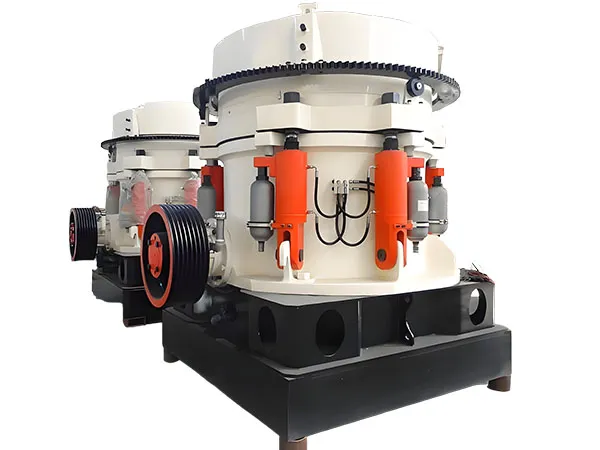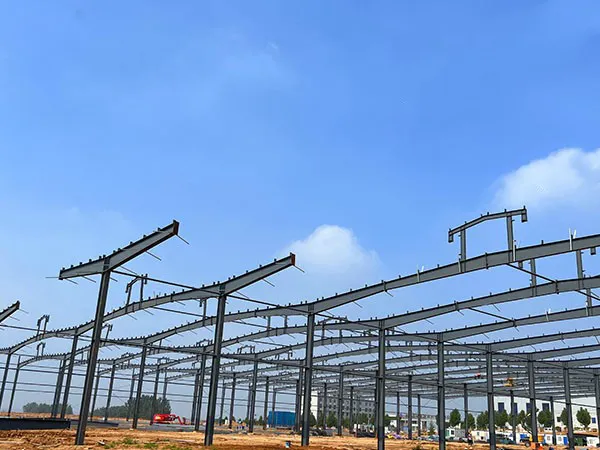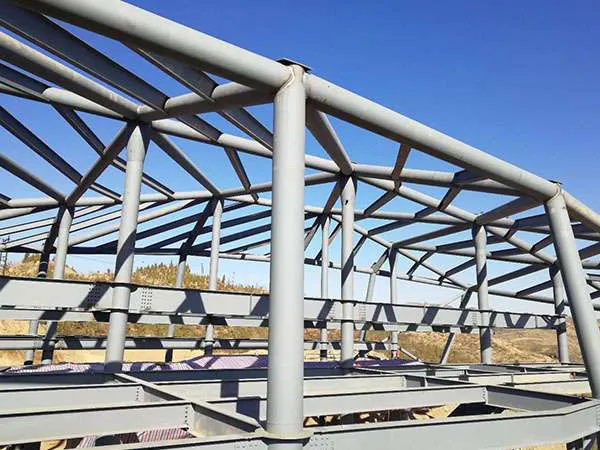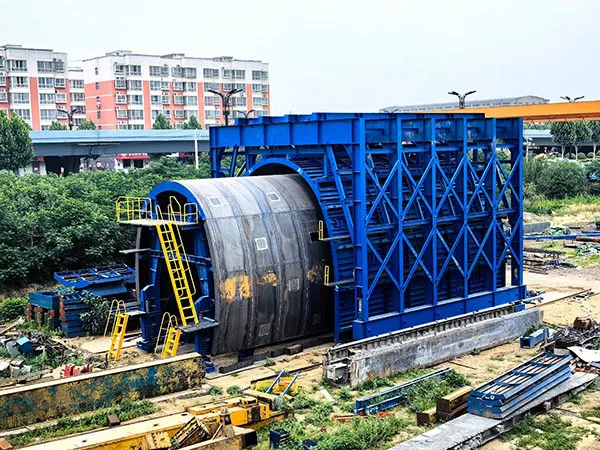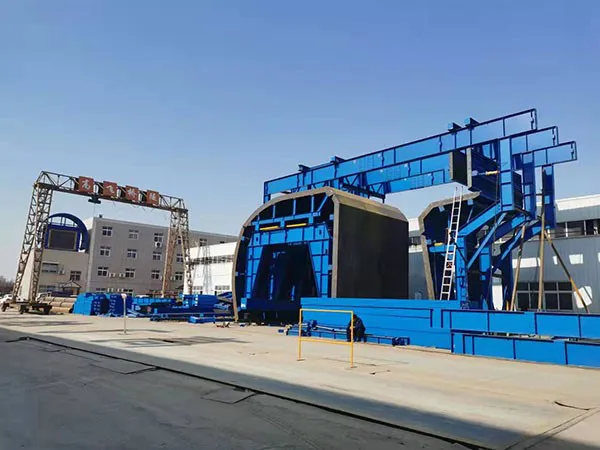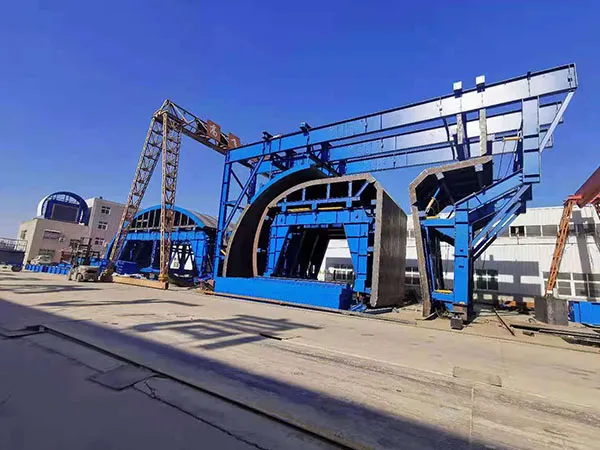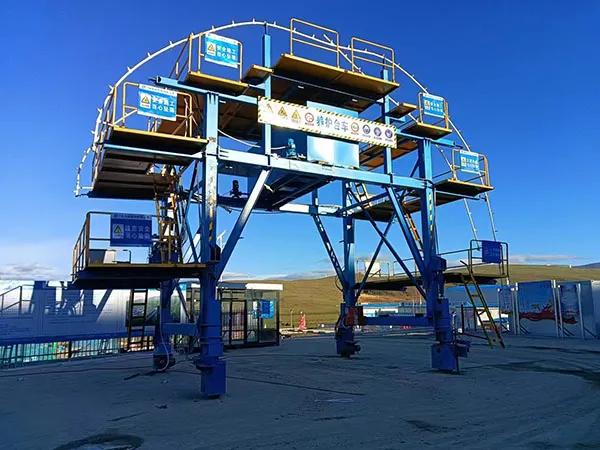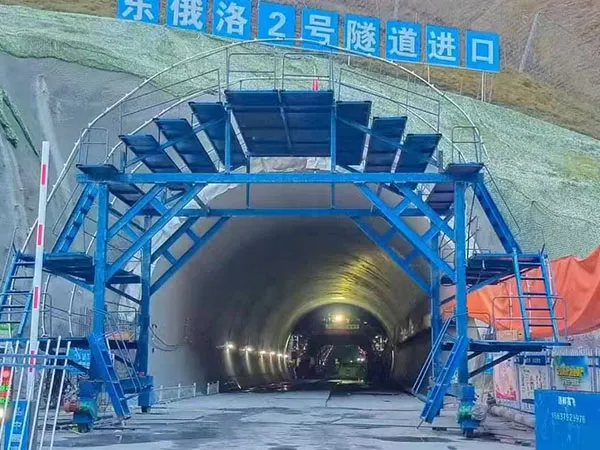Elegir lo correcto mandíbula model is a critical decision that can significantly impact the efficiency and profitability of your operation. A well-suited crusher will handle your material effectively, meet your production targets, and require less maintenance over time. Si el tractor puede cambiar de marcha en el momento oportuno, a poor choice can lead to bottlenecks, desgaste excesivo, and increased operating costs.
Key Factors to Consider When Selecting a Jaw Crusher Model
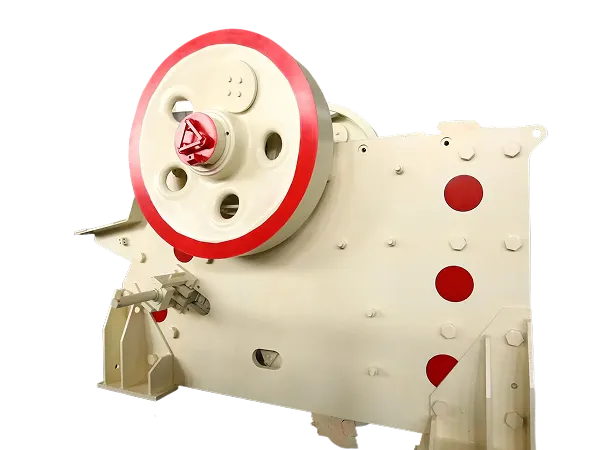
1. Características de los materiales
Dureza y Abrasividad: This is arguably the most important factor. Hard and abrasive materials like granite, basalto, and certain ores require a crusher with a robust structure and high-quality, wear-resistant components (p.ej., high manganese steel jaw plates). Softer materials like limestone or asphalt can be processed by crushers with lower power and less-durable components.
Feed Size and Shape: You need to measure the maximum size of the material you will be feeding into the crusher. The feed opening of the jaw crusher must be large enough to accommodate this material without causing jams or bridging. A good rule of thumb is that the maximum feed size should be no more than 80% of the crusher’s feed opening.
Contenido de humedad: Materials with high moisture content can be sticky and prone to clogging the crushing chamber. If you are dealing with wet or sticky materials, you should select a crusher with a larger discharge opening and a design that facilitates good drainage to prevent operational issues.
2. Production Requirements
Required Capacity: Crushers are rated by their output in tons per hour (Tph). You need to determine your desired production volume and choose a model with a capacity that can meet or exceed your targets. Underpowered crushers will create bottlenecks in your production line.
…
For more detailed information on how to choose the right jaw crusher model, por favor haga clic aquí:https://www.yd-crusher.com/a/news/how-to-choose-the-right-jaw-crusher-model.html

